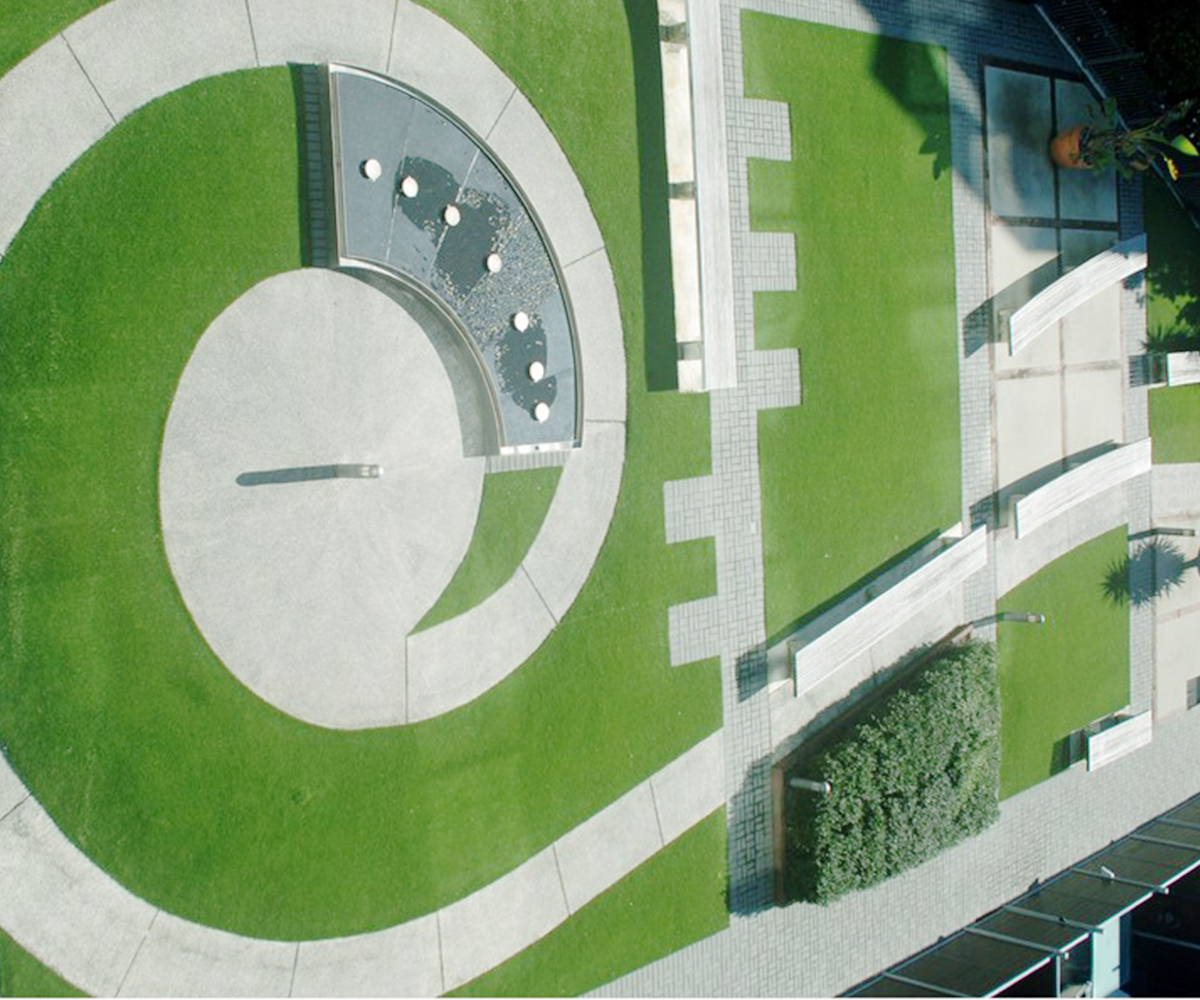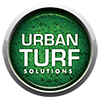What is Artificial Grass?
Artificial grass, also known as synthetic turf or fake grass, is a surface made from synthetic materials that are designed to look and feel like natural grass. It is commonly used in sports fields, residential and commercial landscaping, and other applications where a natural grass surface is not feasible or desirable. Artificial grass has come a long way in recent years, with advancements in technology allowing for a more realistic look and feel, as well as increased durability and longevity.
One of the main benefits of artificial grass is that it requires much less maintenance than natural grass. There is no need for mowing, fertilizing, or watering, which can save time, money, and resources. Artificial grass can also be used in areas where natural grass would not thrive, such as in areas with poor soil quality or limited sunlight.

Pros and Cons of Artificial Grass
There are many pros and cons to consider when it comes to using artificial grass. Some of the pros include:
Low Maintenance: One of the biggest advantages of artificial grass is the low maintenance required. It does not need to be watered or mowed, and does not require fertilizers or pesticides.
Durability: Artificial grass is much more durable than natural grass, and can withstand heavy foot traffic, weather conditions, and other wear and tear.
Conserves Water: With water becoming an increasingly precious resource, using artificial grass can help to conserve water, as it does not require regular watering like natural grass.
Aesthetics: Artificial grass can look just as good as natural grass, with many products designed to mimic the look and feel of real grass.
However, there are also some cons to consider, such as:
Cost: Artificial grass can be expensive to install, and may require ongoing maintenance or repairs.
Environmental Impact: While artificial grass can help to conserve water, it is made from synthetic materials that can have a negative environmental impact.
Heat: Artificial grass can get much hotter than natural grass in direct sunlight, which can be uncomfortable for people and pets.
Maintenance: While artificial grass requires less maintenance overall, it may still need to be swept or hosed down periodically to remove debris or dust.
Choosing the Right Artificial Grass for Your Needs
When choosing artificial grass, there are a number of factors to consider to ensure you get the best product for your needs. Some of the key considerations include:
Quality: The quality of artificial grass can vary widely, so it is important to choose a product from a reputable manufacturer that is designed to withstand the demands of your intended use.
Style: There are many different styles of artificial grass to choose from, with different blade lengths, textures, and colours. Consider what will best complement your landscaping and outdoor design.
Application: Different artificial grass products are designed for different applications, such as sports fields, residential landscaping, or commercial spaces. Make sure you choose a product that is appropriate for your intended use.
Maintenance: While artificial grass requires less maintenance than natural grass, it still needs to be cared for to ensure it lasts as long as possible. Consider the maintenance requirements of different products before making your final choice.
Cost: Artificial grass can be a significant investment, so it is important to consider the cost of the product, as well as any installation or maintenance costs, when making your decision.
By taking these factors into consideration, you can choose the best artificial grass product for your needs and enjoy a low-maintenance, long-lasting, and attractive outdoor space.
Tips for Creating a Natural Look with Artificial Grass
Artificial grass has come a long way in recent years, and one of the benefits is that it can be made to look incredibly natural. With the right installation and design, you can create a beautiful, lush, and inviting space that feels like a natural paradise. Here are some tips for achieving a natural look with your artificial grass:
Choose the Right Grass Type: When selecting your artificial grass, it’s important to choose a type that looks natural and realistic. Look for grass with a blend of different green tones and textures, as this will make it look more natural. Additionally, consider the pile height, density, and blade shape to create a natural appearance.
Add Textures and Layers: While artificial grass can look great on its own, adding other elements like rocks, stones, and mulch can help to create a more natural look. These elements can add texture and depth to your garden, and help to blend your artificial grass into the surrounding environment.
Incorporate Natural Features: Integrating natural features like trees, shrubs, and flowers into your artificial grass design can also help to create a more natural look. These features can help to break up the artificial grass and create a more varied and natural environment.
Use Curves and Shapes: Incorporating curves and shapes into your artificial grass design can help to create a more organic and natural look. Consider adding curved garden beds or winding paths, which can help to soften the look of your artificial grass and make it look more like a natural part of your garden.
Keep it Clean and Maintained: While artificial grass can be a low-maintenance option for your garden, it’s important to keep it clean and well-maintained to keep it looking natural. Regularly removing debris, weeds, and other unwanted elements can help to keep your artificial grass looking fresh and natural.
The Environmental Benefits of Artificial Grass
In addition to the aesthetic benefits of artificial grass, there are also a number of environmental benefits to consider. Here are some of the key environmental benefits of artificial grass:
Water Conservation: One of the most significant environmental benefits of artificial grass is water conservation. Natural grass requires a significant amount of water to stay healthy and green, especially in areas with low rainfall or water restrictions. Artificial grass, on the other hand, requires no watering, which can save a significant amount of water over time.
Chemical-Free: Natural grass requires a range of chemicals to keep it healthy, including fertilisers, pesticides, and herbicides. These chemicals can be harmful to the environment, as they can contaminate soil and water supplies. Artificial grass requires no chemicals to keep it looking healthy, which can help to reduce the environmental impact of your garden.
Reduced Carbon Footprint: Another environmental benefit of artificial grass is that it can help to reduce your carbon footprint. Natural grass requires regular mowing and maintenance, which can contribute to greenhouse gas emissions. Artificial grass requires no mowing or maintenance, which can help to reduce your carbon footprint over time.
Longer Lifespan: Natural grass has a limited lifespan, and will eventually need to be replaced or re-sodded. Artificial grass, on the other hand, has a much longer lifespan and can last for up to 15 years or more with proper care and maintenance. This longer lifespan can help to reduce waste and minimise the environmental impact of your garden.
No Water Pollution: Finally, artificial grass can help to prevent water pollution. Chemicals used on natural grass can leach into the soil and water supplies, polluting nearby water sources. Artificial grass requires no chemicals, and therefore poses no risk of water pollution.
